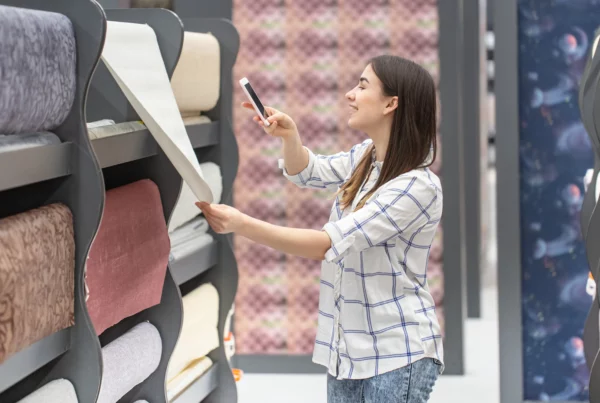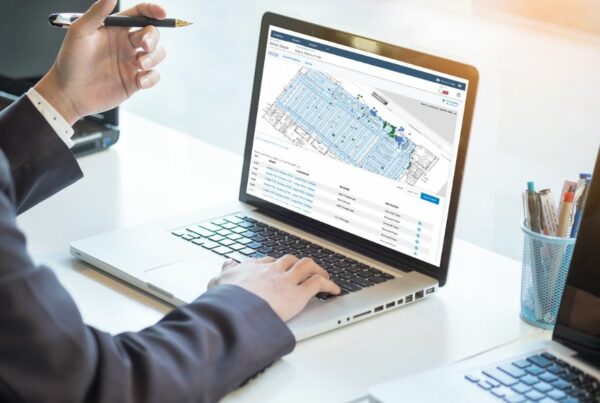
The retail analytics market is thriving and expanding rapidly. The market, valued at USD 5.29 billion in 2020, is expected to reach USD 15.03 billion by 2026.
The growing popularity of online shopping has had a significant impact on brick-and-mortar retailers. In response, retailers have turned to in-store analytics to optimize store operations, capture important data about the customer journey and drive positive changes that keep customers returning.
A powerful tool, in-store retail analytics is a game-changer for traditional retailers despite increasing online competition.
Retail analytics in merchandising has become a key component of effective planning for modern retail, providing conventional retailers with the insights they need to remain competitive.
Here are three key ways retail analytics can improve merchandising:
- Effective Inventory and Assortment Planning
Leveraging the power of retail data analytics in day-to-day merchandising strategies helps retailers drive better conversion and sales.Managing inventory levels is a crucial component of retail merchandising, and retail data analytics can provide much-needed insights into inventory and help retailers make more informed merchandising and product assortment decisions.
With predictive inventory management algorithms combined with in-store analytics, retailers can predict future product demand and product performance, minimizing the risk of stockouts and overstocking and leading to more effective product assortment and better conversions.
Retailers use real-time data analytics to analyze which products are performing well, helping them identify trends and in-demand products and allowing them to adjust inventory levels accordingly.
- Enhanced In-store Product Placement
Product placement requires strategic planning, and measuring in-store analytics like store traffic, pathing and dwell time can help retailers identify the best store real estate and place their products in the most suitable locations. Real-time data helps retailers identify high-traffic areas of the store and determine how merchandise performs in different areas. This data can then be used to assess where merchandise should be placed to yield the highest conversion rate, as well as identify the most and least visited end caps and demo stations.
More Effective Planograms
Planograms are the cornerstone of effective in-store merchandising. The best-performing planograms help retailers with the right placement of promotions, products and point-of-sale locations to maximize in-store conversions.In-store analytics are essential for measuring planogram performance, and helping retailers adapt store layout for maximum conversions and the best customer experience.
- Drive Effective Merchandising With Walkbase Retail Analytics
Walkbase offers retail analytics tools to help retailers understand customers and their behavior patterns.Using a combination of technologies such as WiFi, Bluetooth, and 3D sensors to track and measure in-store traffic and customer engagement, Walkbase delivers valuable insights that allow retailers to better engage with customers.
Walkbase TREQ provides unparalleled data-driven insights into the customer’s in-store journey, delivering in-store metrics that help retailers make impactful changes.
Connect with us today and unlock the potential of Walkbase for your retail business.
About the author
Our team of Walkbase analytics experts share their knowledge and experience in our blog to provide practical tips, insider product knowledge and explainers and advice for real-world analytics applications for retail, grocery, QSR, healthcare and more.
Others also viewed

Walkbase TREQ: The Key to Successful Merchandising

Why Foot Traffic Data is Critical for Retail Store Success



